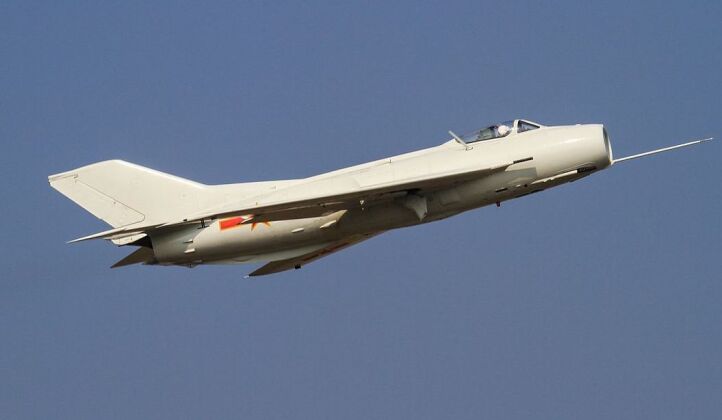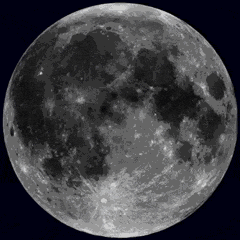China’s People’s Liberation Army (PLA) Air Force has long been reported to have turned hundreds, and possibly thousands, of J-6 fighters into remotely piloted attack drones since the type was retired from frontline service. The J-6 is an indigenous derivative of the Soviet MiG-19, and was at the core of the Chinese fleet in the Cold War era with 3000 reportedly in service when the conflict ended in 1989. They made up around 75% of the Chinese fighter fleet at the time. The design was modernised to a much higher standard in China than the MiG-19 was in the Soviet Union, and manned twin seat versions reportedly remain in service as trainers until today. Although China’s Air Force and military aviation sector are among the most advanced in the world today, with the country being the only one other than the U.S. to field a self-developed and operational fifth generation fighter in the form of the J-20, the J-6 still has a potentially important role in PLA war plans particularly surrounding the Taiwan Strait.
The two rival governments in Beijing and Taipei, both of which claim to rule over all of China, have been technically at war for over 70 years. As tensions over Taiwan have risen in recent months, with Taipei seeing deployments of U.S. assets to its soil, satellite photos have revealed not only the expansion of Chinese airbases near the Taiwan Strait but also deployments of hundreds of J-6 fighters to airfields. San Francisco-based satellite data company Planet Labs provided images in October of J-6s at Liancheng Airbase close to Taiwan. Liancheng is expected to be one of the leading facilities relied on to support an air campaign over the Taiwan Strait.

The J-6 has a relatively low endurance, but with the Taiwan Strait being only 130km wide it is more than sufficient to launch strikes to wear out Taipei’s air defences. With the surplus fighters being convertible to drones at a relatively low cost, they can potentially engage Taiwanese air defence batteries and target airfields while forcing Taiwan to expend its supplies of anti aircraft missiles. The fighters are also formidable in visual range combat with a very high turn rate, and if engaged by Taiwanese aircraft without using missiles at close range they would potentially pose a significant threat. The first wave of a PLA effort to reclaim Taiwan could thus potentially be comprised of J-6s supported by various electronic warfare and command and control assets, as well as strike aircraft such as the J-16 launching standoff strikes in support from a safe distance. With J-6 drones having relatively few uses other than in a Taiwan Strait conflict scenario, it is unlikely that the PLA would seek to reserve them for another conflict should a cross straits war break out. The aircraft would allow the PLA to hold more of its elite assets such as J-20 stealth fighters in reserve to deter intervention or attacks by the U.S. or its Western allies, which have long supported the Taipei government.
